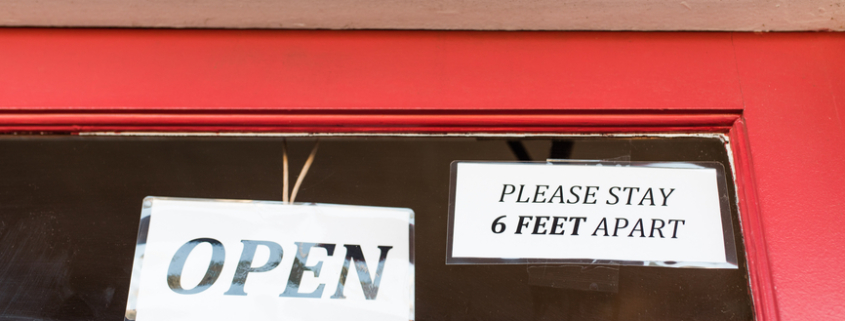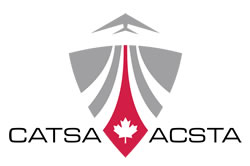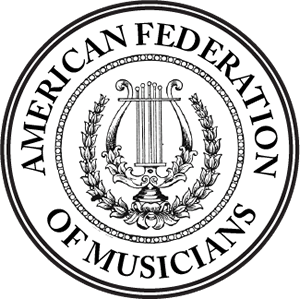TMA149 Understanding of Stage 3 Reopening Rules and Request for Changes
Here is a summary of our understanding of the key Stage 3 Guidelines for musical performances:
- Rehearsals, Recording and Scoring Sessions, and Streaming Performances Without an Audience
- Musicians performing on acoustic, electric, electronic and computer based instruments in a studio or location not open to the general public may do so without a set limit to the number of musicians and other workers (crew, technical workers, engineers, administration) allowed, but must observe other public safety measures (distancing, hand hygiene, contact tracing, etc.).
- This means that rehearsals, sound recording, recording for the screen, being filmed playing or miming an instrument on a film / television set and live performances for live or on demand distribution, without any audience in attendance, may occur under fewer limitations than if there is an audience involved.
- Performances at restaurants and bars
- Establishments must take appropriate measures to ensure physical distancing of at least two metres between patrons from different tables, unless separated by plexiglass or some other impermeable barrier. Otherwise outside of the City of Toronto there is no specific limit on the number of patrons allowed in the establishment.
- Establishments in the City of Toronto have additional restrictions imposed by By-law 665-2020, that customers must stay seated except when a customer is entering or exiting the area, travelling to and from the premises’ washroom or paying and that no more than 100 persons are permitted to be inside the premises at any one time. Establishments may apply fo an exemption for up to 200 persons.
- Singing or music may be performed by a person or group at the restaurant or bar, with restrictions, including barriers between the stage and patrons if there are vocalists, wind or brass players performing, and physical distancing. Dancing may only be performed by someone working at the establishment with restrictions.
- Performances at religious services, rites or ceremonies, and wedding ceremonies or funeral services
- People gathering indoors for religious services, rites or ceremonies, and wedding ceremonies or funeral services, can continue to fill up to 30 per cent of the capacity of the particular room, as introduced in Stage 2.
- Singing or music may be performed by a person or group at the religious service, rite or ceremony, with restrictions, including barriers between the performance location and patrons when vocalists, wind or brass players are performing, and physical distancing. Dancing may only be performed by someone working at the service, rite or ceremony, with restrictions.
- Performances elsewhere (at a planned or spontaneous event, indoors or outdoors, such as a community event or gathering, wedding reception, funeral reception, concert, live show, festival, conference, parade, sporting event, fundraiser, fair, festival, or open house).
- Indoor gathering limit is a maximum of 50 people;
- Outdoor gathering limit is a maximum of 100 people;
- People at their place of work, including performers and crews, do not count towards gathering limits;
- Performers must maintain physical distancing of two metres from every other person, except from other performers where necessary for purposes of the performance; and
- Plexiglass or some other impermeable barrier is required between the audience and the stage when the performance involves vocalists, brass or wind players.
Questions referred to the Committee’s public health experts:
- Can an assured distance of 4 – 6 m between singers/performers of wind instruments and attendees provide the same protection as an impermeable barrier? If so, the updating of the guideline to allow for either an impermeable barrier or a 4 – 6 m distance would assist more producers and venues to put on live performing arts events safely.
- Can the maximum number of attendees gathering be increased to allow for gatherings at 30% of capacity, like religious services, or perhaps even greater, using additional restrictions? such as:
- Mandatory masks for all attendees;
- Limited speaking opportunities and perhaps even speaking, singing, and shouting restrictions for audience members;
- Limited alcohol availability and perhaps even alcohol restrictions;
- Reasonable time limits applied to events, nevertheless no longer than the length of time it would take for the performances / works / songs / repertoire planned for; and/or
- The discouraging of intermissions or breaks in performance where they can be prevented.
Increasing gathering limits under the above conditions would allow for performances to become more economically viable than under current restrictions.





 cc Attribution 2.0 Generic (CC BY 2.0)
cc Attribution 2.0 Generic (CC BY 2.0)